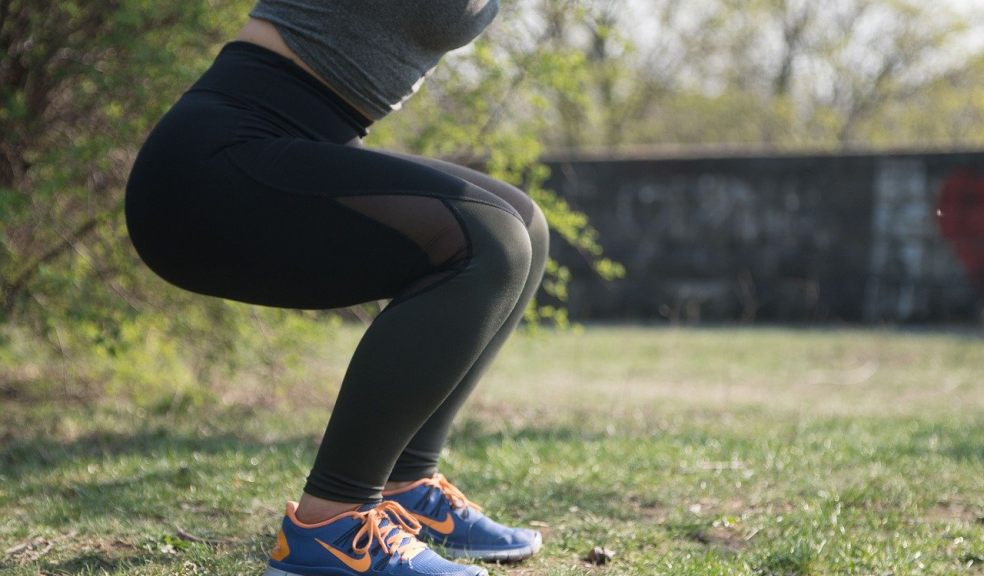
What are the most popular exercises for beginners?
In an ideal world, there would be no such things as an exercise beginner. We’d start physical activity on the playground, or even before, and carry on the habit all the way through the adulthood. Unfortunately, for many of us that isn’t the case: exercise is a habit we fall out of easily, and it isn’t easy to get back into it after you’ve spent years hunched in an office cubicle. In many cases, we might fall out of exercise because of a sudden injury, or one that recurs because of neglect or medical negligence. Whatever the cause, it’s important to get back into the saddle.
So what are the fundamental building blocks that amount to an effective training programme?
Start from Diet
If you don’t eat right, then you can’t expect to get good results from your exercise. The weight isn’t going to fall off if you’re constantly snacking, and muscle definition isn’t going to improve if you don’t get enough of the right protein. Nutrition is a complicated topic, but for most of us, the answer is to increase the amount of vegetables we’re eating. The NHS recommend five servings a day – try to aim instead for ten.
Don’t rush things
If you try to push your body too hard, too quickly, then you can expect to end up with a nasty injury. In the long run, this will set you back longer than if you’d simply persevered. Be prepared to plateau on some weeks – just keep with the routine and you’ll see results.
Go to Class
Classes confer several advantages. Firstly, they’ll be able to build your technical skillset, allowing you to perform your chosen exercise more effectively. Secondly, they’ll provide the motivation that comes with knowing you’re competing with everyone else (even if it’s just a little bit). Thirdly, you’ll have the social support that comes with shared activity.
Cardiovascular Exercises
Most beginner exercisers instinctively go for a cardiovascular workout. This generally means running a few times around the block, or even walking. The latter has the advantage of being low intensity, and thus friendly to joints. The former, however, will progressively increase your aerobic capacity. Aim for slightly more distance run each time you head out. A program like Couch to 5k might be enormously helpful.
Resistance Training
Resistance training helps to develop muscle mass, improve posture, and helps to identify and eliminate muscle imbalances. If you’re doing it at home, there are three major compound motions to concern yourself with.
Push-up
Learn correct push-up form and you’ll have an exercise you can use for life. If necessary, start by pushing against a wall, or by keeping your knees on the floor. Push-up bars will help to relieve the stress on your wrists.
Pull-up
A pull-up bar can slot nicely in a suitable doorframe. Keep your hands apart and focus on pulling your shoulder blades together. To make things easier, you can stand (or kneel) on a resistance band suspended from the bar.
Squat
For best results, you’ll want to get as deep as possible. But to get there, you’ll need enough mobility in your heels, knees and hips. Keep your back straight and, if you can’t get down low enough, hold a kettle-bell in front of you to prevent yourself from overbalancing.













